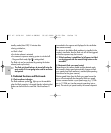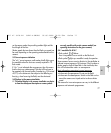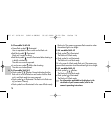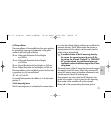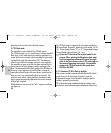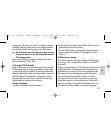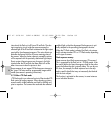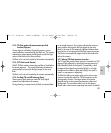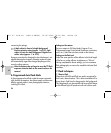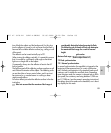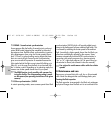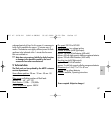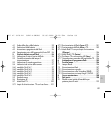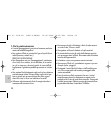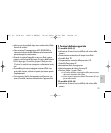
concerning the settings.
A dark subject in front of a bright background:
Positive correction value (approx. 1 to 2 EV). Light
subject in front of a dark background: Negative cor-
rection value (approx. -1 to -2 EV).
Exposure correction by changing the lens diaphragm is not
possible because the camera’s automatic exposure system
will automatically regard the changed diaphragm as the
normal working aperture.
After the exposure do not forget to reset the TTL flash
exposure correction back to the normal value on the
camera!
6. Programmed Auto Flash Mode
In the programmed auto flash mode the camera automati-
cally controls the aperture, the shutter speed, and the meca-
blitz for optimal results in most photographic situations,
including fill-in flash.
Settings on the camera
Set your camera to Full Auto Mode, Program P or a
Programmed Image Control Mode (landscape, portraiture,
sport, etc.). Select the auto-focus mode on the camera.
Settings on the flash unit
Adjust the zoom position of the reflector to the focal length
of the lens or set the reflector straightaway to “28 mm”.
Having completed the above settings, you can commence
flash photography as soon as the mecablitz indicates flash
readiness.
7. Flash techniques
7.1 Bounce flash
Photos shot with full frontal flash are easily recognized by
their harsh, dense shadows. This is often associated with a
sharp drop in light from the foreground to the background.
This phenomenon can be avoided with bounce flash becau-
se the diffused light will produce a soft and uniform rendi-
☞
☞
84
ķ
707 47 0178.A2 36AF-4-CNOPS 05.06.2008 8:29 Uhr Seite 84



